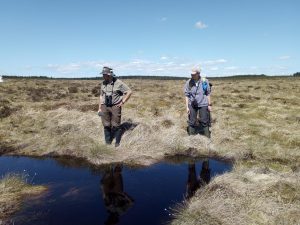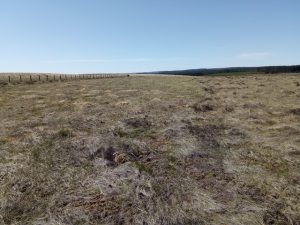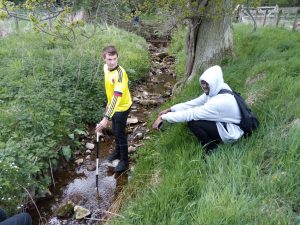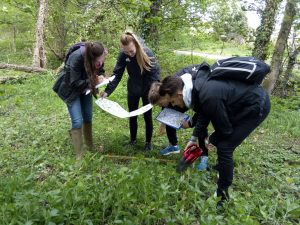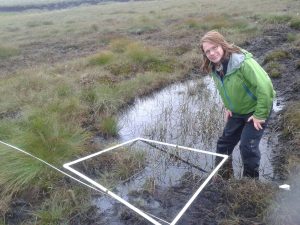MSc Biodiversity Conservation and Ecosystem Management students out doing exactly what their course title suggests they should be doing:
- On the amazing Sill roof – National Park at Once Brewed checking with Janet Simkin, its creator and lecturer on course, to see what is growing after the snow…and a visit to the actual whinsill grassland at Walltown quarry, with a short detour to Hadrian’s Wall.
- Out with alumnus Steven Lipsocmbe of Northumberland Wildlife Trust planting native woodland on the 100ha site in the depths of the Kielder Forest. What a privelege to be part of this (also amazing) project
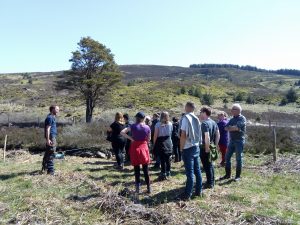
Steven showing us the iconic William’s Cleugh pine

“This is the first tree I’ve ever planted in my entire life and I love it”
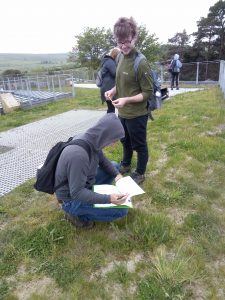
Will is learning the species on the roof ready for his Whinsill dissertation project: Alex is obviously impressed by his vast knowledge
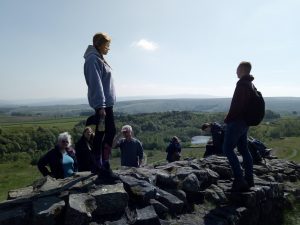
On top of the world


